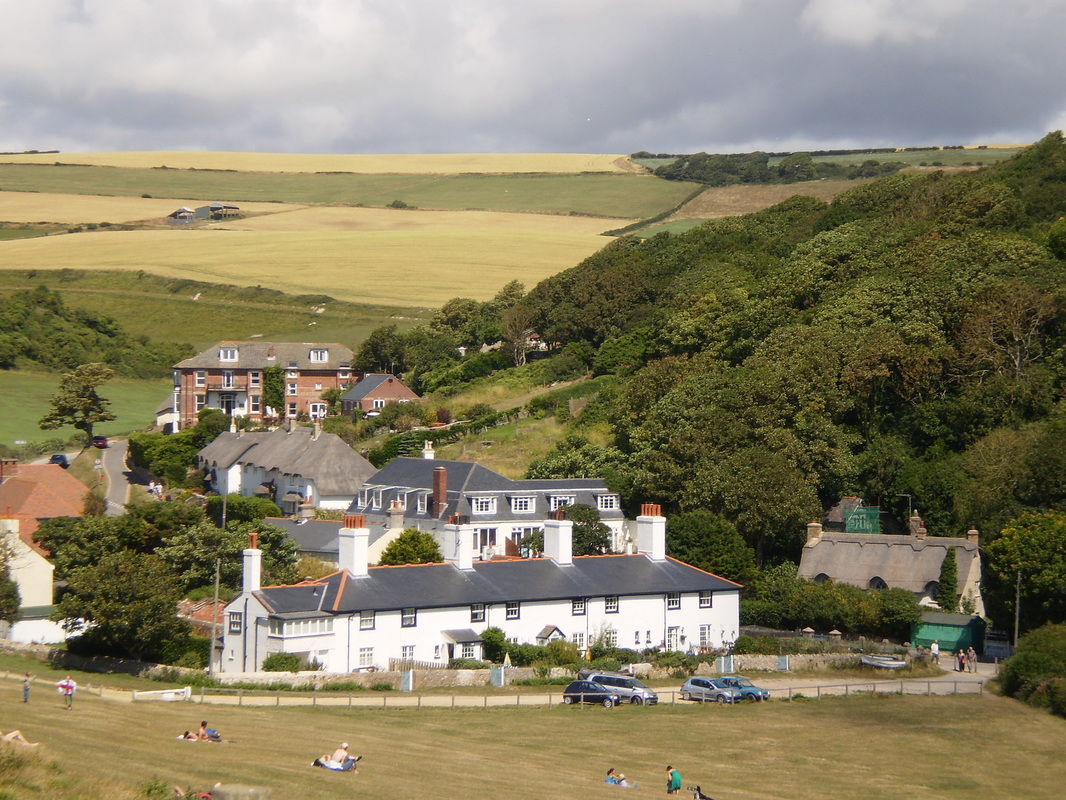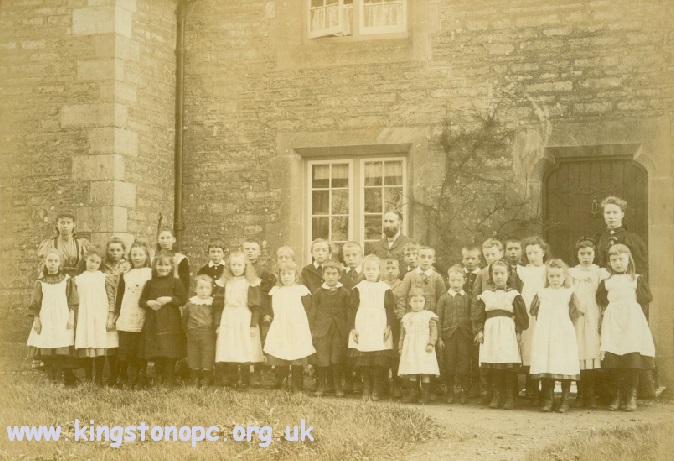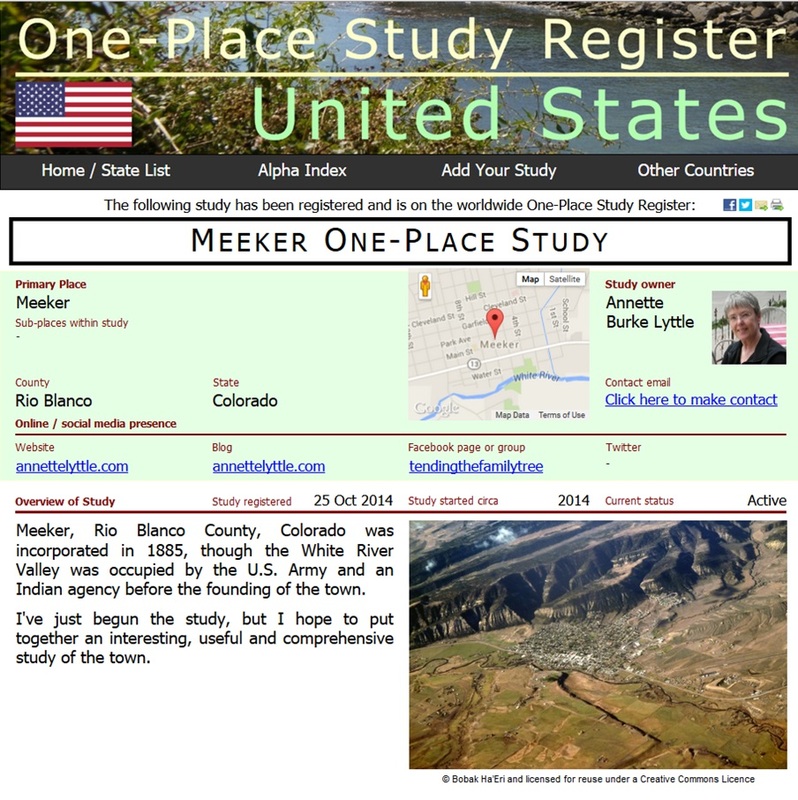Introduction
Blog
So what is a One-Place Study?
By ‘place’ we mean a defined geographical area. Most one-placers choose to study a village, or very small town, and the area immediately around it within its official boundaries.
By ‘people’, we generally mean everyone who lived in that place, not just those related to the one-placer’s ancestral family or people who were famous.
A one-place study brings together both the local history and family history dimensions to give a much fuller picture of what life was like in that place and why families came and went.
Have you got what it takes to become a One-Placer?
They are the unsung heroes of one-place studies. They work voluntarily behind the scenes, either alone or collaboratively as a group, seeking out all kinds of historic documents and maps etc., extracting information on anyone who lived in the study place and then presenting information in a structured way for the benefit of all.
Every place is unique, every one-placer is unique and, consequently, so too is every one-place study! One-placers are free to take their studies in whichever direction they wish, working at a pace they are comfortable with.
What has been done before?
Pacing your place
Many one-placers find it helpful to map their study. Below is a wonderful hand-drawn map of Upton Lovell in Wiltshire prepared around 2008.
Local knowledge
| Involving members of the local community and others researching their ancestors from your place with your study can pay dividends. One memory may jog another, a photo found by one person may prompt another to search through their old albums and so on. Latch on to little snippets of information about your study place. There's often much truth in those old rumours! |
Buildings and house histories
In Britain, just under 500,000 buildings are on the Statutory List of Buildings of Special Architectural or Historic Interest. You can search for all such buildings in your study place on the British Listed Buildings site. The official listing entry shows further details about the construction of the building and its listing category. Alternatively search for English buildings through the Historic England site and Scottish buildings through the Historic Scotland site.
Population changes – pushes and pulls
A good starting point is to analyse the population statistics that are available for your place and to chart these. Histpop provides online access population reports for Britain and Ireland from 1801 to 1937 and allows you to ascertain the population of individual parishes etc. at ten year intervals from 1801 to 1931, to break this data down by gender, age etc. and to compare figures with county or national totals. Vision of Britain also holds some population data.
Simple indexes, reconnection & reconstruction
Some one-placers find it helpful to create an index or database of all persons who lived in their place and to use this as the first step towards 'reconnecting' them to others on the list.
Some one-placers will go one-step further and 'reconstruct' trees for all families, sometimes as simple hand-drawn charts, or through providers like Ancestry or Findmypast where unrelated individuals can subsequently be linked as their relationships to one another are rediscovered.
Primary genealogical sources
Many one-placers use free sites such as FamilySearch or Mocavo or subscription sites such as Ancestry or Findmypast to view and save images of the original census schedules for all households in their one-place study area. This allows accurate transcripts to be prepared using local knowledge of surnames and place names and further analysis to be undertaken.
There are many secondary sources of information such as electoral rolls, gravestone inscriptions, land records, local directories, military records, newspaper obituaries, probate records, school records, wills, etc. We touch on just a few of these below.
Directories
| The 'street directory' sections, in particular, are a fantastic aid for one-placers as they show the householder or business at each street address in turn, as well as indicating where other roads joined, or features such as level crossings etc. existed. Check out the University of Leicester’s Historical Directories website for over 700 directories of England and Wales. And almost as many directories for Scotland can be accessed through the National Library of Scotland website. |
Schools
Postcards and other images of your place
Geograph is a freely accessible archive of much more recent photographs for every square kilometre of Great Britain and Ireland. All photographs are licensed for reuse under a Creative Commons Licence, so can be used for your website or blog. Great for one-placers who live a long way from their study place!
Newspapers
Funding
| In the UK, the Heritage Lottery Fund want to support projects that help local people delve into the heritage of their community, bring people together, and increase their pride in the local area. Grants from £3,000 upwards are available. |
Sharing
The One-Place Study Register
One-Placers give of their time freely - in return we'll give them the benefits of registering free too!
Registering a one-place study with us is FREE and EASY - click here to add your one-place study now.
New look
One-Place Studies EXTRA
Sometimes we can get too focused on our own studies. By reading about other studies, we can look at our own from a different perspective, be inspired and inject new ideas.
Health warning: One study may lead to another!
Interested? Then email us now!
In this article we’ve only scratched the surface with some of the resources that are available. Be sure to visit our One-Place Studies EXTRA site for many more and check out our free One-Place Study guides such as ‘The basics’ and ‘Choosing a place'.
Facebook: https://www.facebook.com/pages/Register-of-One-Place-Studies
Twitter: https://twitter.com/1PlaceStudyReg














 RSS Feed
RSS Feed
